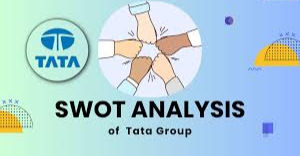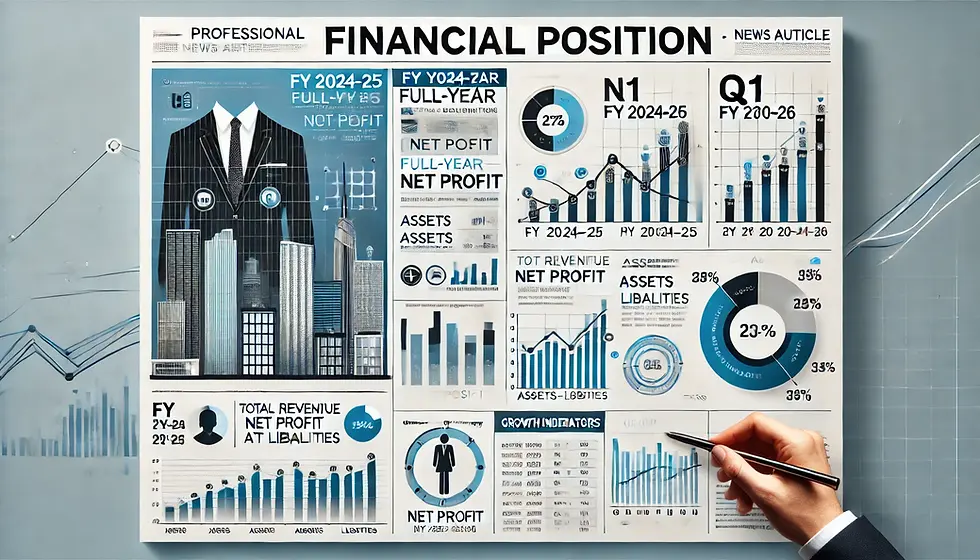How do Tata Steel’s strengths compare to its main industry rivals!
- nvshah0610
- Jul 28
- 2 min read

Tata Steel’s strengths compare favorably to its main industry rivals in several critical areas, positioning it as a leading global steel producer. Here is a summary of the key strengths relative to competitors such as ArcelorMittal, JSW Steel, SAIL, and Jindal Steel:
Global Diversification and Market Presence:Tata Steel is one of the most geographically diversified steel producers globally, operating in 26 countries and having commercial presence in over 50 countries. This broad footprint, especially with significant operations in India, Europe, and Asia-Pacific, allows Tata Steel to capture diverse markets and reduce dependency on any single region. In comparison, many Indian peers like JSW Steel and SAIL are more domestically focused, while ArcelorMittal also has a wide global presence but is the world’s largest competitor.
Vertical Integration and Raw Material Security:Tata Steel controls its entire value chain from raw material extraction (iron ore and coal) to steel production. Its captive mines and quarries in India provide cost and quality advantages not available to all rivals. This integration supports cost efficiency and resilience against supply disruptions.
Strong Brand Equity:Tata Steel benefits from the trusted Tata brand known for quality and ethical business practices, providing competitive advantage in customer loyalty and market credibility. This reputation is a notable asset compared to some regional competitors.
Diversified Product Portfolio:Tata Steel offers a wide range of steel products, including flat steel, value-added products for automotive and aerospace, and construction materials. Its innovation in low-carbon steel and specialty steels like graphene-enhanced products broadens its market appeal. This diversified and innovation-driven portfolio is a competitive edge alongside ArcelorMittal, which also focuses on value-added steel, while some Indian competitors are more commodity-centric.
Innovation Leadership in Sustainability:Tata Steel has been a first mover among Indian steelmakers in adopting green steel technologies, such as hydrogen-based steelmaking trials in Europe, aligning with global sustainability trends. This focus positions it well against rivals, many of whom are investing heavily in decarbonization but Tata Steel combines it with scale and market reach.
High Production Capacity:With an annual crude steel capacity exceeding 34 million tonnes, Tata Steel ranks among the top producers globally. JSW Steel is aggressively expanding but generally remains smaller, while ArcelorMittal leads globally with greater capacity.
Extensive Distribution and Sales Networks:Tata Steel’s reach across more than 100 countries with a well-established sales and distribution network strengthens its competitive positioning, facilitating access to diverse customers and markets.
Financial Diversification:Beyond steel, Tata Steel has strategic investments in mining, energy, and logistics, reducing reliance on steel market cycles and providing financial stability not uniformly present among competitors.
Relative Challenges Compared to Rivals:
Tata Steel lags somewhat in advanced automation and AI integration in manufacturing compared to ArcelorMittal.
Operational inefficiencies, particularly in European units, raise costs versus some peers with modern plants.
Tata Steel’s debt from acquisitions can weigh on financial flexibility compared to more conservative players.
SOURCE:-ECONOMIC TIMES,CHAT GPT





Comments